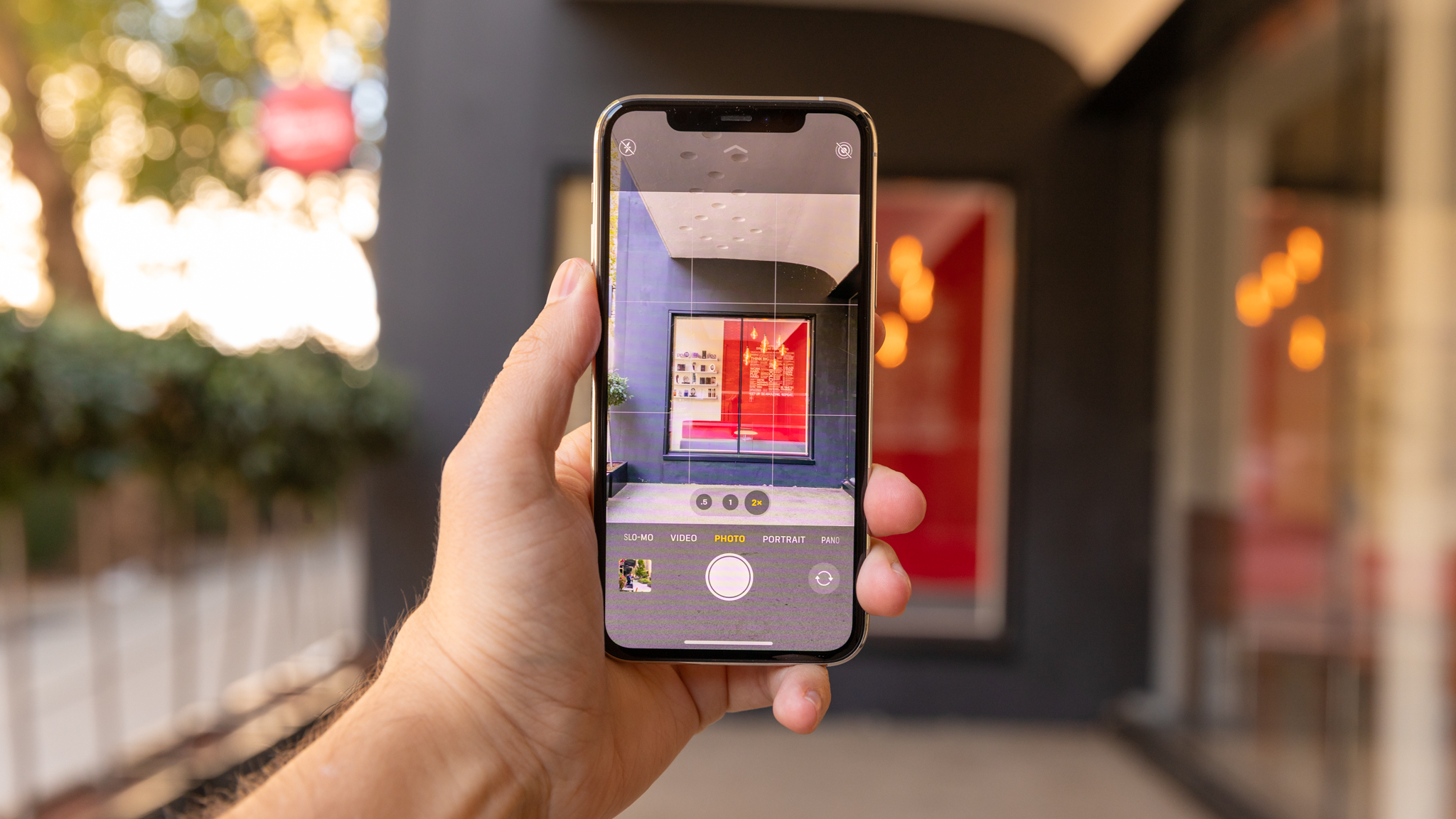Smartphone sales surged in Q1 2021
Shipments jump by 27% worldwide as key regions subdue the pandemic

The worldwide smartphone market, which has been reeling from the COVID-19 pandemic, saw a huge comeback in the first quarter of this year.
Global shipments for Q1 were a whopping 27% higher than they were at the same time last year, according to Canalys.
The coronavirus pandemic hit the smartphone market hard, first by disrupting the supply chain. Chinese factories that made phones for Apple, Huawei, and Samsung abruptly halted work. After that, demand for new phones dropped off due to the pandemic’s economic fallout.
“COVID-19 is still a major consideration, but it is no longer the main bottleneck,” said Ben Stanton, Canalys’s research manager. “Supply of critical components, such as chipsets, has quickly become a major concern, and will hinder smartphone shipments in the coming quarters. And it will drive global brands to rethink regional strategies.”
During Q1 2021, Samsung led the way with 76.5 million phones shipped. That’s a 28% increase from last year’s 59.6 million and a 22% share of the global smartphone market.
According to analysts, the impressive performance of the Galaxy S21 and Galaxy S21 Ultra drove Samsung’s growth.
RELATED RESOURCE

Apple came in second thanks to its 41% increase from 37.1 million smartphones to 52.4 million. This is likely due to its popular iPhone 12 and continued demand for the iPhone 11.
Get the ITPro daily newsletter
Sign up today and you will receive a free copy of our Future Focus 2025 report - the leading guidance on AI, cybersecurity and other IT challenges as per 700+ senior executives
Meanwhile, Huawei has dropped out of the top five and experienced a 16.5% revenue decrease during Q1 2021. Huawei’s fall is likely due to it selling the Honor smartphone business late last year and US sanctions.
“Xiaomi is in pole position to be the new Huawei,” Stanton said.
Xiaomi is China’s largest smartphone company and saw 62% growth in Q1 2021. With its roster of competitively priced smartphones, Xiaomi temporarily overtook Apple last year as the world’s third-largest phone manufacturer.
“Its competitors offer superior channel margin, but Xiaomi’s sheer volume actually gives distributors a better opportunity to make money than rival brands,” Stanton said. “But the race is not over. Oppo and Vivo are hot on its heels and are positioning in the mid-range in many regions to box Xiaomi in at the low end.”
Canalys noted that LG’s exit from the smartphone industry presents new opportunities for Motorola, TCL, Nokia, and ZTE. This is especially true in the Americas, where LG sold 80% of its phones last year.
-
 Meta just revived plans to train AI models using European user data
Meta just revived plans to train AI models using European user dataNews Meta has confirmed plans to train AI models using European users’ public content and conversations with its Meta AI chatbot.
By Nicole Kobie
-
 AI is helping bad bots take over the internet
AI is helping bad bots take over the internetNews Automated bot traffic has surpassed human activity for the first time in a decade, according to Imperva
By Bobby Hellard